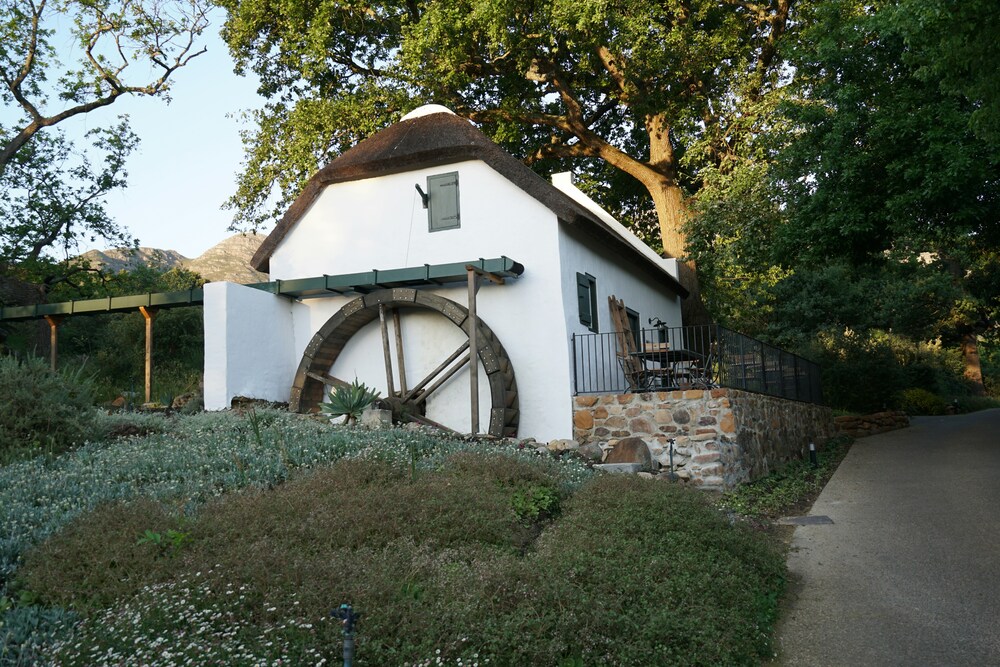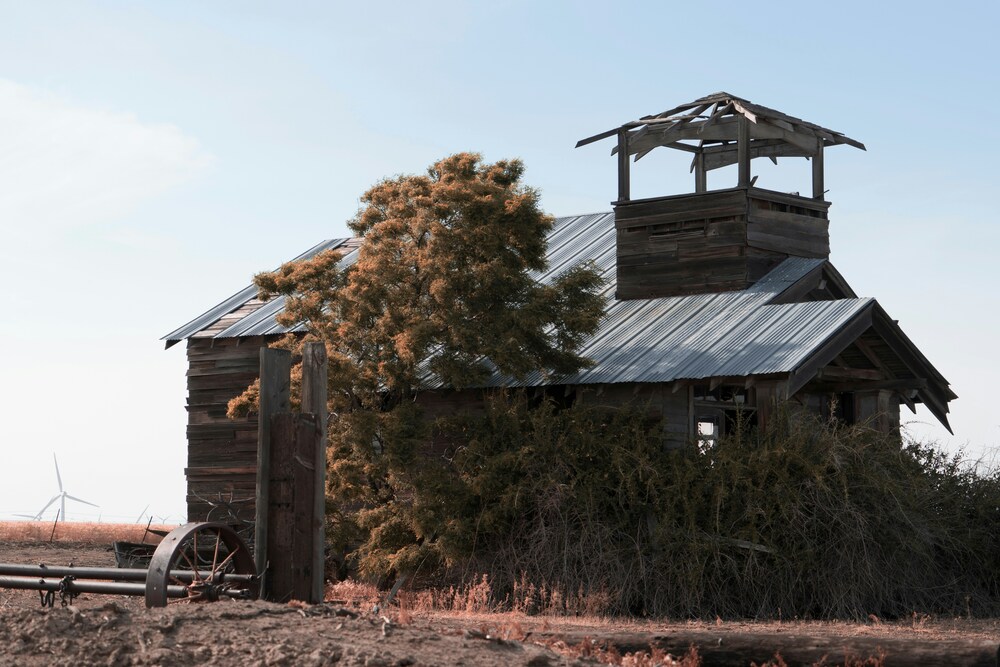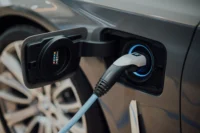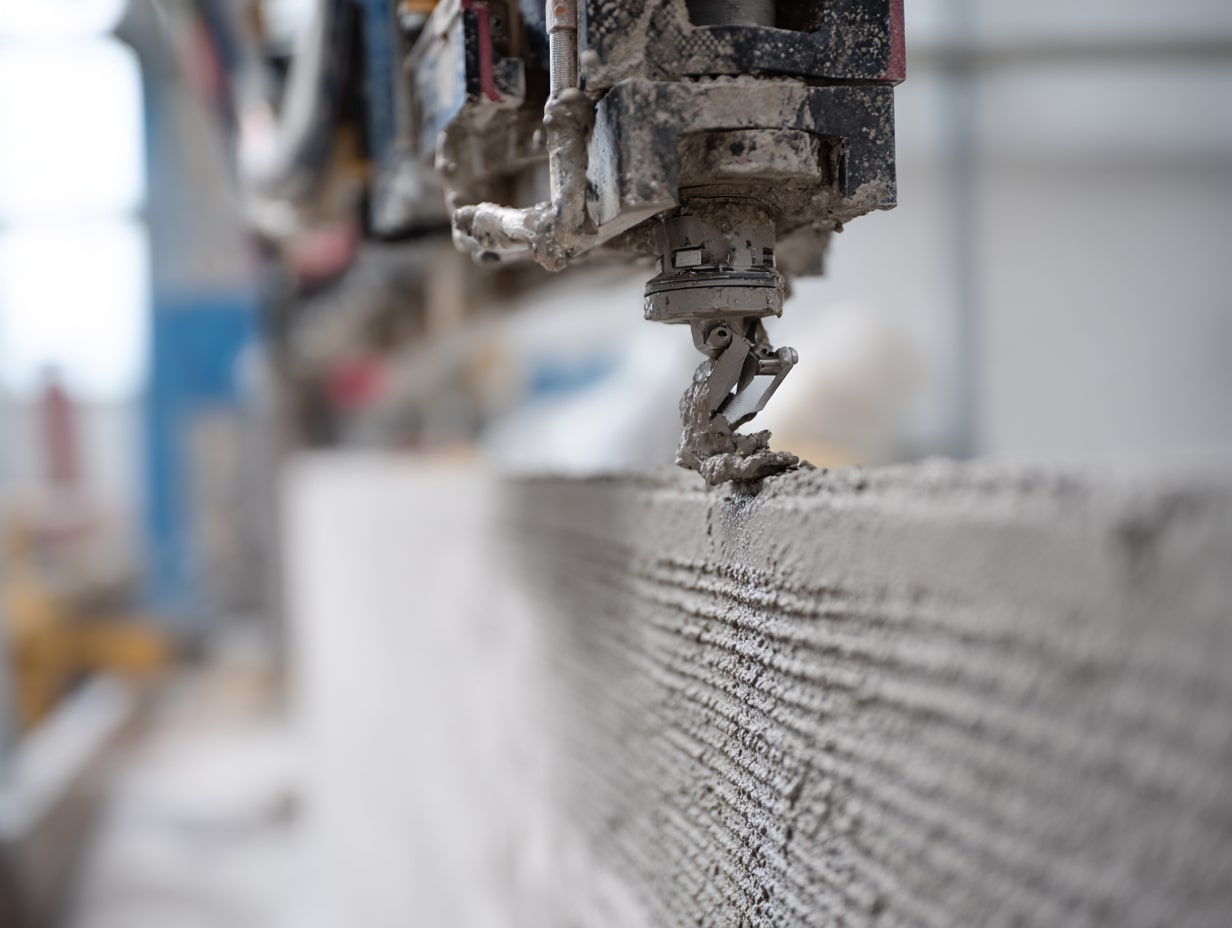- Home
- Articles
- Architectural Portfolio
- Architectral Presentation
- Inspirational Stories
- Architecture News
- Visualization
- BIM Industry
- Facade Design
- Parametric Design
- Career
- Landscape Architecture
- Construction
- Artificial Intelligence
- Sketching
- Design Softwares
- Diagrams
- Writing
- Architectural Tips
- Sustainability
- Courses
- Concept
- Technology
- History & Heritage
- Future of Architecture
- Guides & How-To
- Art & Culture
- Projects
- Interior Design
- Competitions
- Jobs
- Store
- Tools
- More
- Home
- Articles
- Architectural Portfolio
- Architectral Presentation
- Inspirational Stories
- Architecture News
- Visualization
- BIM Industry
- Facade Design
- Parametric Design
- Career
- Landscape Architecture
- Construction
- Artificial Intelligence
- Sketching
- Design Softwares
- Diagrams
- Writing
- Architectural Tips
- Sustainability
- Courses
- Concept
- Technology
- History & Heritage
- Future of Architecture
- Guides & How-To
- Art & Culture
- Projects
- Interior Design
- Competitions
- Jobs
- Store
- Tools
- More
Ground Penetrating Radar Technology: Modern Solution for Efficient Farming and Construction Projects

Farmers and construction teams both face challenges that require a clear view of what lies beneath the ground. Ground penetrating radar technology gives them the power to detect pipes, rocks, old foundations, and other hidden objects, making projects safer and more efficient. This method uses radio waves sent into the ground to create detailed images of what is below the surface.
People in agriculture can use ground penetrating radar technology to check soil layers, find drainage solutions, or protect irrigation systems. Constructors use it to avoid damaging cables, pipes, or older structures while working. By seeing underground obstacles before digging begins, both groups save time and money while reducing unwanted surprises.
As new tools develop, this technology is becoming more common outside of just the scientific and military fields. Today, it’s helping solve problems that farmers and builders face every day.
Table of Contents
ToggleGround Penetrating Radar Technology Overview
Ground Penetrating Radar (GPR) uses electromagnetic waves to look beneath the surface of the ground. This tool helps identify hidden objects, map underground features, and check the condition of soil and materials.
How Ground Penetrating Radar Works
GPR sends short pulses of radio waves into the ground using a specialized antenna. When these waves hit something different underground, like rocks, pipes, or wet spots, they bounce back to the surface. The equipment reads these reflected signals to figure out what lies below.
Users can quickly scan large areas, and the findings appear on a screen as patterns or shapes. People trained in GPR can read these details to locate targets or spot changes in soil, making it easier to avoid digging or damaging what’s underneath. GPR works best in materials like sand, soil, and rock that are not too wet or heavily packed with clay.

Types of Ground Penetrating Radar Systems
There are several types of GPR systems for different jobs. The main types include:
- Handheld GPR devices: Lightweight and easy to move, best for small spots or quick checks.
- Cart-based GPR units: Larger and pushed like a stroller, they cover more ground and give detailed scans.
- Vehicle-mounted GPR: Installed on trucks or trailers for scanning fields, roads, or big construction sites fast.
Each type can use different frequencies. Lower frequencies can detect deeper features but give less detail, while higher frequencies show sharper images at shallow depths. Users choose a system based on the depth and clarity they need for their work.
Key Benefits for Modern Applications
For farming, GPR can help check soil conditions, track water movement, or locate drainage pipes underground. This allows farms to manage water well and avoid damaging equipment during digging. In construction, GPR can help spot hidden cables, pipes, or voids in the ground before building starts.
This technology also saves time and reduces the risk of mistakes because workers do not need to dig as much. With fast scanning and instant results, teams make better decisions and finish projects more safely. GPR also reduces repair costs by helping find and avoid underground obstacles.
Innovative Uses in Agriculture and Construction
Farmers and builders use ground penetrating radar to gain useful information about what lies beneath the ground. This tool helps with making fields more productive, planning projects, and stopping water problems.
Soil Analysis and Crop Optimization
Ground penetrating radar is used to study soil layers without digging. Farmers rely on this technology to spot differences in soil composition and density. This helps them decide where to plant certain crops for better growth.
Having accurate data about the soil guides fertilizer use, irrigation planning, and root health checks. It also lets them see how deep the roots go and where moisture collects. This can lead to higher crop yields and less wasted resources.
Some farmers use radar data to build maps of their fields. These maps show areas with different soil types, making it easier to make better choices for planting and fertilizer.
Subsurface Mapping for Infrastructure Projects
In construction, knowing what is under the surface can prevent delays and unexpected costs. Ground penetrating radar helps locate things like pipes, wires, rocks, and old foundations.
Before starting a project, workers scan the area to spot underground features. This helps avoid hitting hidden objects, which can be dangerous or slow down work.
By making a clear image of the subsurface, planners can adjust their building plans if needed. This leads to safer work sites and fewer surprises during construction.

Water Management and Drainage Solutions
Managing water on farms and around building sites requires knowing where water moves below ground. Ground penetrating radar finds empty spaces, changes in soil, and old drainage systems.
This information helps plan new drainage solutions to prevent flooding and keep soil from washing away. On farms, radar is used to find wet areas or underground streams that might affect crops.
Builders can check if water is pooling beneath roads or buildings. If a problem is found early, they improve drainage and prevent future damage. Using ground radar for water management means better planning and fewer repairs later.
Conclusion
Ground penetrating radar technology helps farmers and constructors by making it easier to see what is underground without digging.
This tool saves time, reduces risk, and helps avoid mistakes during projects.
Its use in agriculture and construction gives people more information, leading to safer and smarter decisions.
By using this technology, users can work with more confidence and avoid unexpected problems.
illustrarch is your daily dose of architecture. Leading community designed for all lovers of illustration and #drawing.
1 Comment
Submit your architectural projects
Follow these steps for submission your project. Submission FormLatest Posts
3D Printed Homes: Time, Cost, and What to Expect
3D printed homes explained: realistic timelines (24–72h walls, 8–16 weeks total), true...
How a Contact Centre Boosts Trust in Your Building Business
In construction, trust is the glue that holds projects together. Clients need...
How Real Time Parcel Geolocation Is Redefining Last Mile Efficiency for Modern Businesses
Last mile delivery has become the most critical point in the customer...
How Can Small Spaces Stay Stylish and Relaxing?
In today’s fast-paced urban lifestyle, small living spaces are becoming increasingly common....












Great information shared.. really enjoyed reading this post thank you author for sharing this post .. appreciated